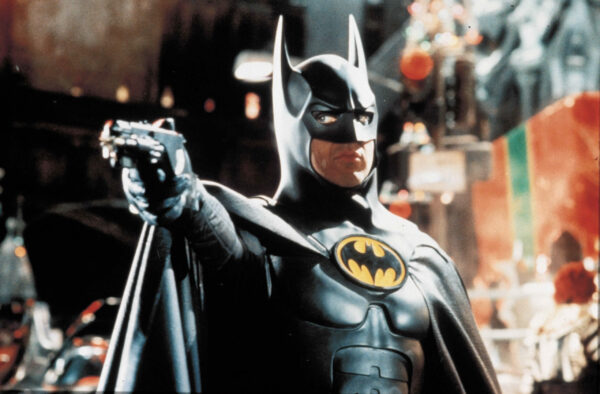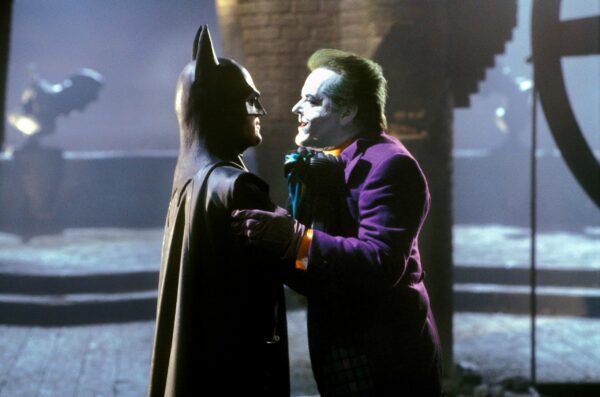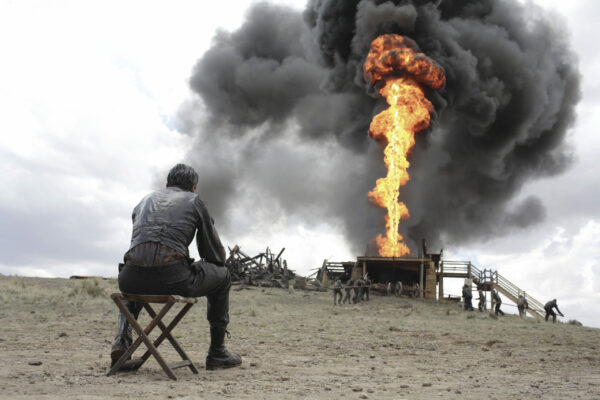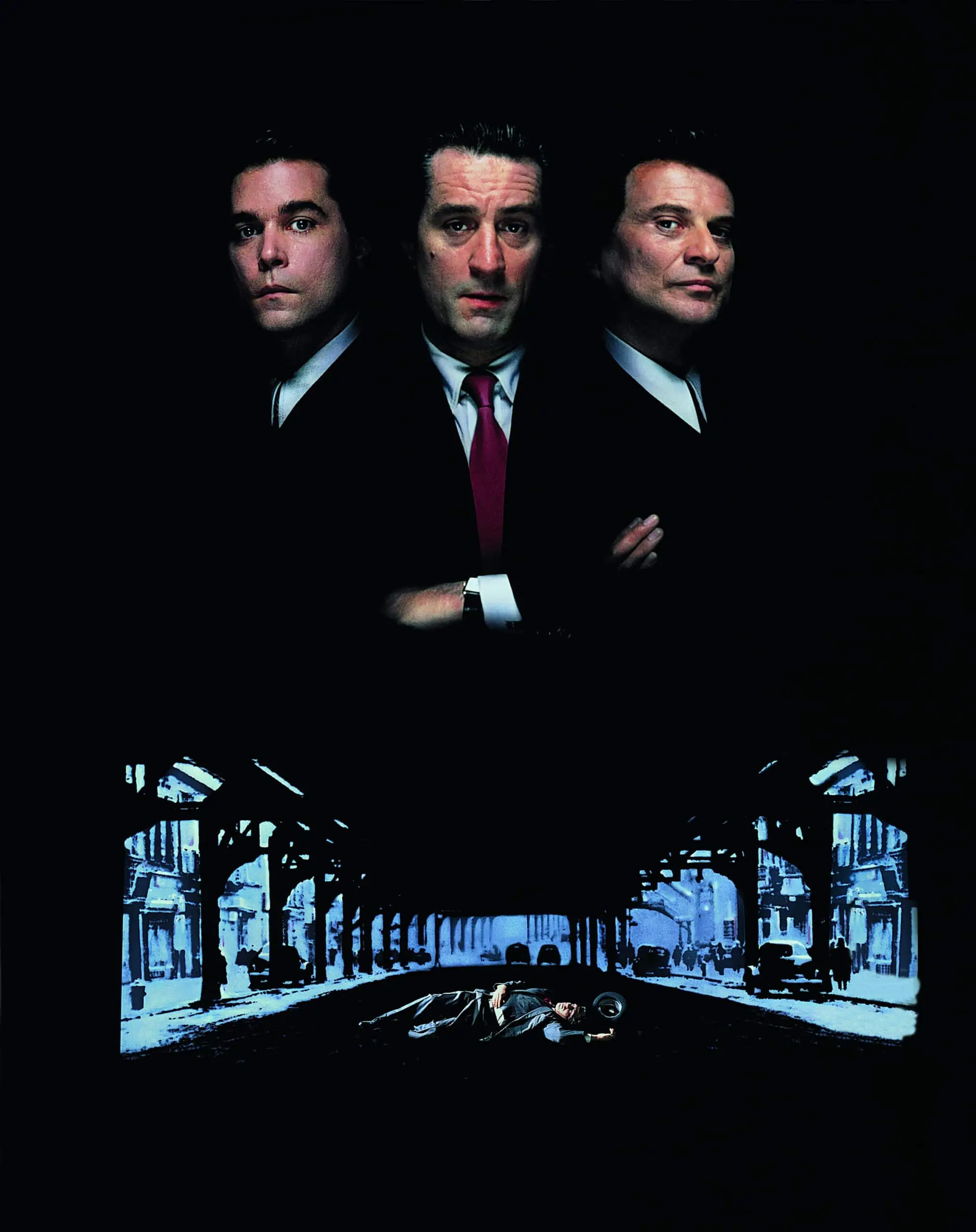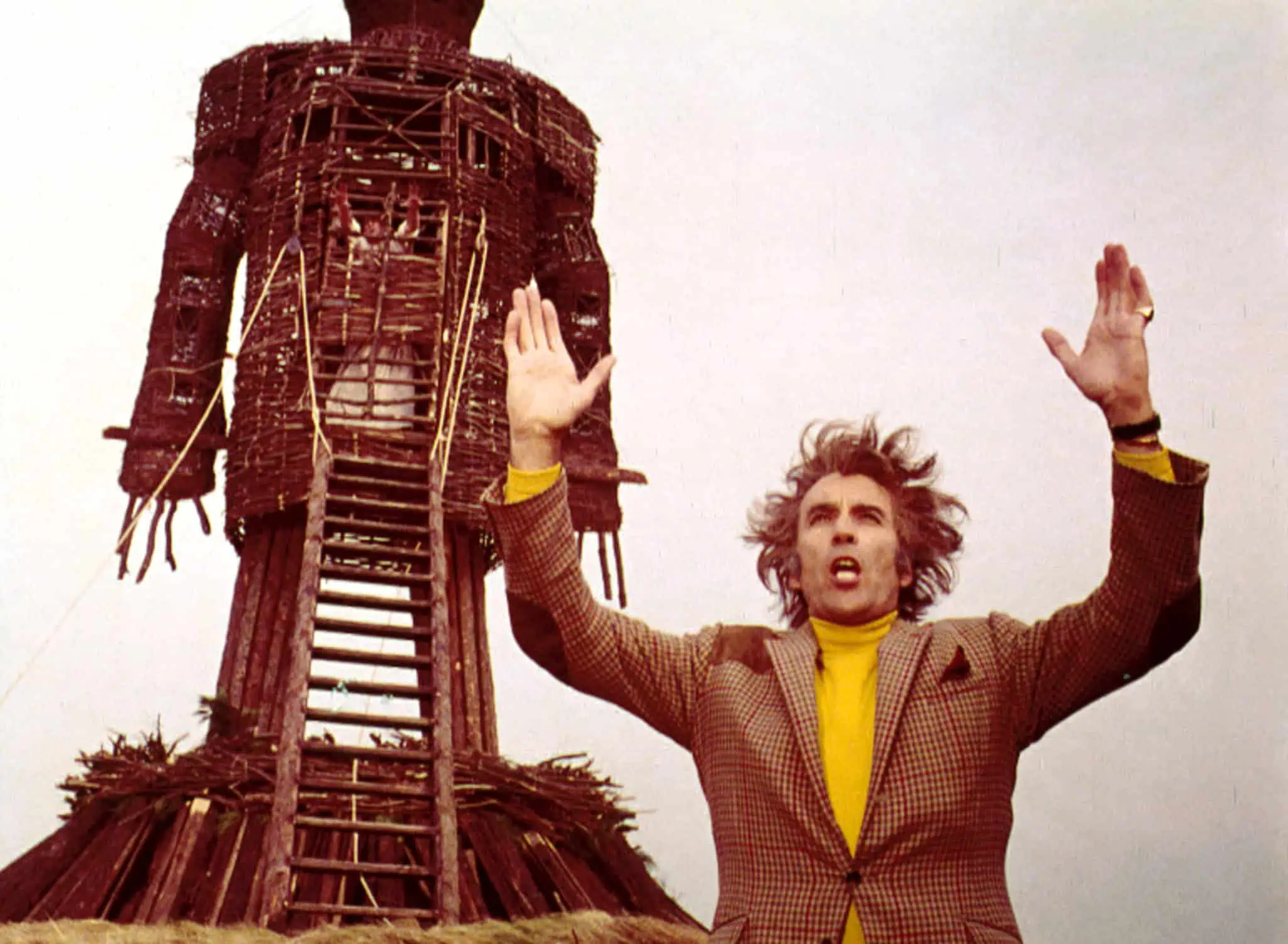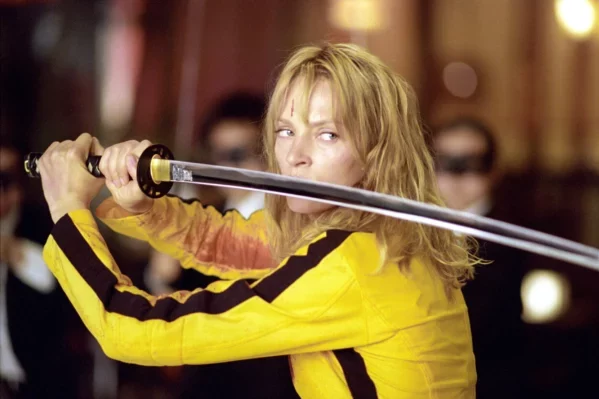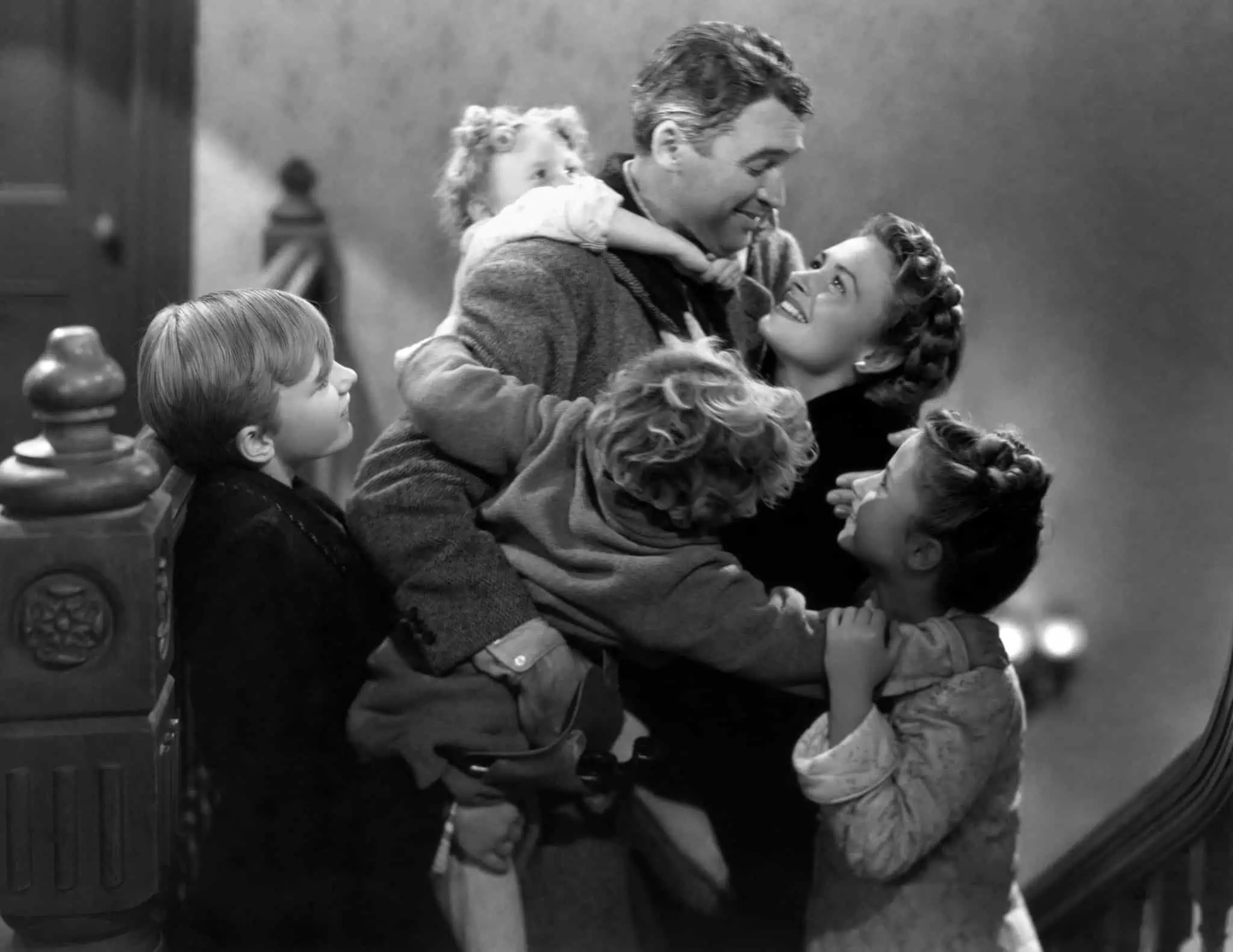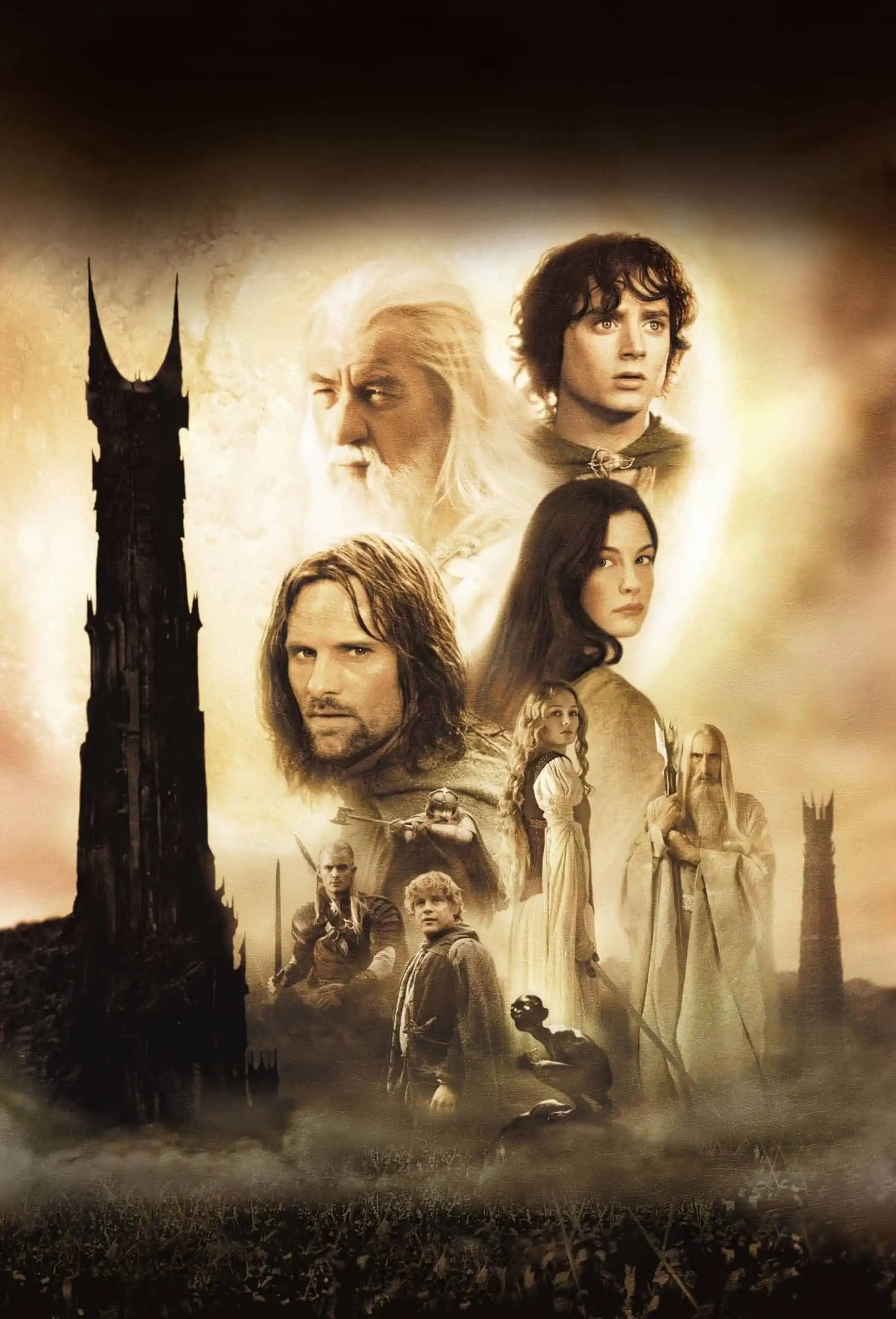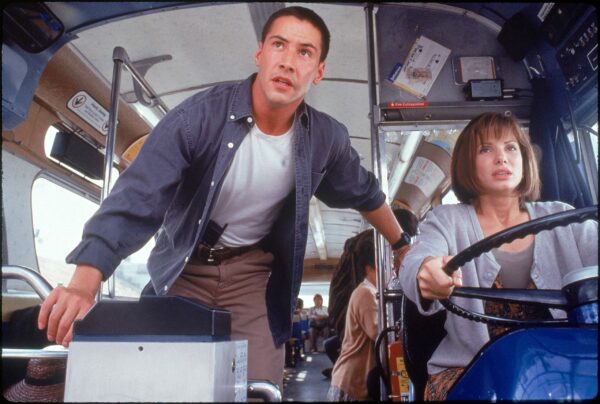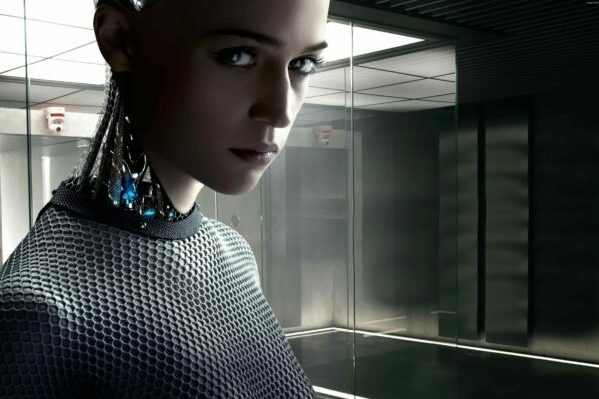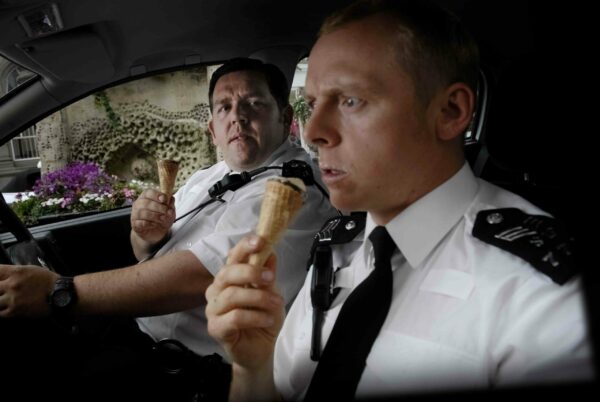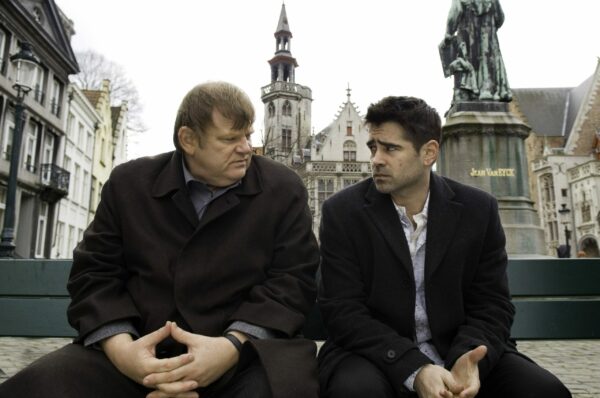
Wes Craven’s Scream changed the game for horror movies in the 90s. The behind the scenes story is a scream, and we have the full lowdown with 20 amazing facts.
Scream was released in 1996, and revived the slasher genre, which had been dead and buried for years. It was hugely popular with critics and audiences thanks to it’s deft mixture of horror and comedy, with a whip-smart script and a talented cast of largely unknowns.
We have the full behind the scenes story of this classic horror movie, by way of 20 huge, interesting facts about Scream.
1. Art imitating life
The inspiration for the screenplay came to Kevin Williamson one night when he was watching a documentary on serial killer Danny Harold Rolling. Rolling killed five students after sneaking into their apartments.
Later that night, Williamson found an open window in his house that he was certain was shut before. He spent the rest of the night searching the house, terrified with a knife in his hand, talking to a friend on the phone. He wrote the first draft of the script, and a treatment for two sequels, over the next three days.
2. The script sparked a bidding war
The Scream screenplay generated a lot of heat in Hollywood. Paramount, Universal, Morgan Creek, Olivier Stone’s Cinergi Pictures and the Weinstein’s Dimension Films all put in bids for it. Williamson ultimately went with Dimension who paid $400,000. This was less than what some of the other companies offered, but he though the film had more chance of being made.
It was originally titled Scary Movie, but Harvey and Bob Weinstein didn’t like it, and suggested Scream instead. They had just seen the music video for Michael and Janet Jackson’s duet of the same name and loved its simplicity.
3. Wes Craven was hard to convince
Wes Craven was the studio’s choice to direct Scream, but having made horror movies his bread and butter, Craven wanted to take a break from the genre. He declined the job on two different occasions.
George A Romero, Sam Raimi, Robert Rodriguez and Danny Boyle were on the shortlist to direct, but were all discounted because they saw the film as a comedy. Craven was still the studio’s choice because of his approach to horror, he said “you can’t be funny when somebody’s dying.” Instead, he looked for humour in the tension between the death scenes.
Craven was eventually tempted to the project for two reasons. One was that Drew Barrymore was signed on to the film. The other was a chance encounter with an 11-year-old who told him that The Hills Have Eyes was his favourite movie, but that he’d thought that Craven had gone soft in recent years.

Wes Craven on set with Neve Campbell and Skeet Ulrich
4. Wes Craven wanted Drew Barrymore to play the part of Sidney
Drew Barrymore was originally signed on as the lead character in the film, but she thought it would have more impact if she played Casey Becker instead. She said “in horror, my biggest pet peeve was that I always knew the main character was going to be slugging through at the end. What I wanted to do is to take that comfort zone away, so we would establish that that rule does not apply in this film.”
Taking influence from what Hitchcock did with Janet Leigh in Psycho, Craven eventually came round to the idea. He said “the fact that we killed America’s sweetheart at the end of 15 minutes, it was like a body punch to the audience.”
The opening scene from Scream
5. The authorities got involved for Barrymore’s scenes
During filming the opening scene, Drew Barrymore was given a live landline as a prop. She got caught up in the scene, and accidentally dialled 911. They were alarmed by her screams, and called back, concerned about her welfare.
Craven said that Barrymore put an enormous amount of trust in him. She’d told him about a story she’d read in the paper about a dog being set on fire by its owner, which really upset her. She was uncontrollably crying when relaying the story to Craven. To generate a similar emotion in Barrymore for her character, Craven would say to her “I’m lighting the match,” which triggered Barrymore.

Drew Barrymore on set with producer Marianne Maddalena and writer Kevin Williamson
6. The voice of Ghostface
Ghostface’s iconic voice was provided by Roger Jackson, who had also provided voices for the animated TV show, The Powerpuff Girls. He would also go on to do the voice in all the sequels. The actors never met him because Craven thought that reactions would be genuine if they couldn’t put a face to the voice. His dialogue was also not pre-recorded or looped in post-production. So, he was there, interacting with the actors in the scene, sitting in a tent outside.
The original plan was to have his voice as a placeholder, and for it to be looped by another voice actor. But Craven stuck with him, describing his voice as “intelligent evil.” Jackson didn’t physically play Ghostface, that was stunt man Dane Farwell. There were a few moments where Farwell didn’t play Ghostface and one of them comes in this scene. When Casey smashes him in the face with the phone through the window, that was Wes Craven behind the mask.

Wes Craven behind the Ghostface mask
7. Paying homage to the genre
As Scream is an homage to the classic slashers of the late 70s/early 80s, there are a number of references to the genre. One of which is the dialogue between Casey’s parents during the opening. Her dad says “take the car, drive to the Mackenzie’s.” In Halloween (1978), Laurie says “go down the street to the Mackenzie’s house.” And the scene as a whole, is reminiscent of the opening of When A Stranger Calls (1979). The scene in that film is similar in length, and has the classic line, “the calls are coming from inside the house.”
Billy Loomis is a nod to Donald Pleasence’s character in Halloween, Dr. Samuel Loomis. His name from Halloween, is itself a nod to the character of Sam Loomis from Psycho.
Joseph Whipp plays Sheriff Burke, Dewey’s superior. He plays a policeman in A Nightmare on Elm Street (1984), also directed by Wes Craven. Craven said “so the backstory there is that he was so upset by the events in Nightmare on Elm Street that he moved to a small town in Northern California.”
The opening scene from When A Stranger Calls
8. Finding the right mask
Much like in Halloween, the costume for Ghostface was decided on set. In the screenplay the costume was simply described as “ghost mask killer.”
Craven went through ideas, and worked with the costume department but nothing stuck. That is, until they were location scouting a house for the end scene and there was this mask that producer Marianne Maddalena spotted. Craven loved it and negotiated a deal with Fun Mask, the company who produced it. Bob Weinstein wasn’t so convinced and considered replacing Craven because of it. That was until he was sent some dallies of the opening scene and had a change of heart.
9. A friendly rivalry
Craven and director Sam Raimi had a friendly rivalry going throughout their careers. It started in The Hills Have Eyes (1977) where there is a torn picture of what looks like a Jaws poster in one of the scenes. Raimi saw this as Craven saying, ‘Jaws isn’t real horror, this is.’ Raimi returned the favour in The Evil Dead (1981) with a torn picture of The Hills Have Eyes in the basement.
Craven then came back in Elm Street where Nancy is watching The Evil Dead, but is falling asleep to it. Raimi had Freddy’s glove in the barn in Evil Dead II (1987). So not to be outdone, Craven took a swipe back in Scream. Near the end, when Randy is taking votes on what they should watch, “how many Evil Dead, how many Halloween?” Obviously, Halloween won out.
The basement scene from The Evil Dead
10. Casting Sidney
With Drew Barrymore out of the picture as Sidney, other actresses considered were Alicia Witt, Brittany Murphy, Melissa Joan Hart, Tori Spelling and Reese Witherspoon. Molly Ringwald was Kevin Williamson’s top choice but she thought, at 27, she was too old.
Alicia Witt, Brittany Murphy and Neve Campbell were the final three. But Craven had seen Campbell in TV show Party Of Five and thought she could play the innocence of Sidney well.
Neve Campbell’s Scream screen test
11. Matthew Lillard was cast by fluke
Lillard was only in the running for the film by accident. He was with his then girlfriend who was going to an audition for something else. Lillard was spotted by a casting director and approached to audition. However, he auditioned for the part of Billy but was told “you’re not the right guy to make out with Neve Campbell the entire time; why don’t you come back in for the best friend?” Ironically, Lilliard and Campbell were a couple for two years after they met on the Scream set. Craven gave him the part because of his “incredible ferocity.”
12. Production had to move schools
Santa Rosa High School in Santa Rosa was originally going to cover as Woodsboro High School, but the school board changed their mind because they felt that the film glorified violence. Specifically, the scene when Sidney and her pals are outside the school and Randy is throwing the accusations around. Ironically, a member of the school board was later arrested for beating up his wife.
So, production moved to a community centre in nearby Sonoma. In the Special Thanks section in the end credits, a note reads “No thanks whatsoever to the Santa Rosa City School district governing board.”
Sidney and her friends outside school
13. The score was inspired by Ennio Morricone
Scream was Marco Beltrami’s first movie score; he got the gig after Wes Craven’s assistant was on a web chat site and asked if there was any fresh musical talent around. He had never seen a horror film, didn’t like the genre, so took inspiration from Ennio Morricone’s work on the Dollars trilogy, and claims that he scored it like a western. When he sent over his demo tape, Craven said that all the others he’d received sounded like John Williams, but Beltrami’s felt original.
14. Rose McGowan was nailed to the garage door
The moment where Tatum gets crushed in the dog flap was tricky because of Rose McGowan’s small frame. She was too small and kept falling out when the door went up. So, they had to nail her clothes to the door to keep her in place. She has since used this knowledge to get in through dog flaps when she’s been locked out of her house.
Tatum gets squashed
15. The final scene was the longest to shoot
The final scene is a large chunk of the film. It’s 42 minutes in total and took 21 successive nights to wrap. The cast and crew called it the longest night in horror history and had t-shirts made up that read I survived scene 118.
The house where it was shot was available because the couple that owned it had recently died, within a month of each other. Their children had no interest in it, so were open to it being rented out for the film.
Randy outlines the rules for surviving a horror movie
16. Craven wasn’t happy with his cinematographer
With one week left of shooting, Craven insisted that cinematographer Mark Irwin sack and replace his entire team because he thought the footage they’d shot was out of focus. Irwin asked if he wanted a new DP as well, so Craven sacked Irwin on the spot. He was replaced by Peter Deming who went on to work with Craven on the next three Scream sequels.
17. Skeet Ulrich was injured on set
The moment where Sidney bursts out of the closet with the mask and the umbrella, Skeet Ulrich screams of pain were genuine. He had open heart surgery as a child, and the second stab of the umbrella tip missed the protective vest that he was wearing, and hit him right in the sweet spot.
Ulrich takes an umbrella in the chest
18. Cuts were demanded to avoid an NC-17 rating
Wes Craven had a few problems getting the film passed the MPAA. Cuts were requested to the opening scene, but he got away with not making cuts to the moment where Casey gets stabbed. He claimed he didn’t have an alternative take (which wasn’t true), and argued that the film didn’t glorify violence, it satirized it.
The MPAA were less forgiving on the final scene where Billy and Stu stab each other. Craven had to resubmit the film 9 times before being given the ok. The reason that he had to do it so many times was because the MPAA weren’t specific about what needed to be cut. Their notes were that the intensity had to be brought down.
Uncut footage of the final moments between Billy and Stu
19. Matthew Lillard thought he dialled his acting up too much
Matthew Lillard is not a fan of his performance in the film. He later said “I was horrible. I’ve got lots of gums, big teeth and a really tiny head. It’s us completely losing our minds! That whole last sequence is us on a 10 and chewing scenery like no one’s business. If I ever saw somebody do that on a set, I’d be like, ‘dude, bring it down 58 percent.'”
Matthew Lillard dialling it up to 11
20. An iconic character almost didn’t make the sequel
In the shooting script, the character of Dewey wasn’t supposed to survive the mayhem. But David Arquette’s character was a big hit with test audiences, so Craven brought him back in for re-shoots where he’s being rolled out of the house on a stretcher. Arquette didn’t know what take Craven used until he saw the film at the premiere.
And you’ve reached the end – 20 fun facts about Scream, one of the great slasher movies. Please share on your social media channels, and subscribe to our YouTube channel for lots of great video content.
The beginning of a beautiful friendship
Stay up-to-date with all things All The Right Movies by signing up for our e-newsletter.


